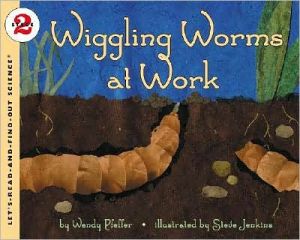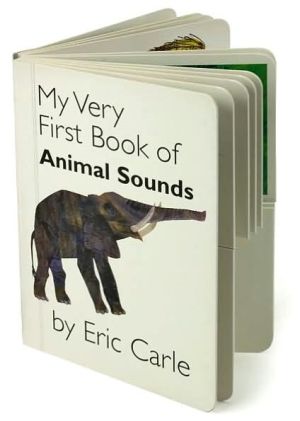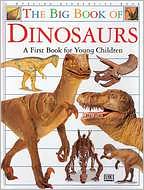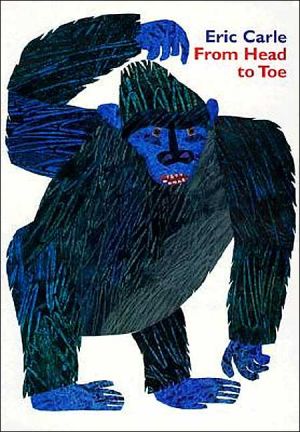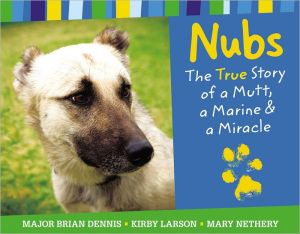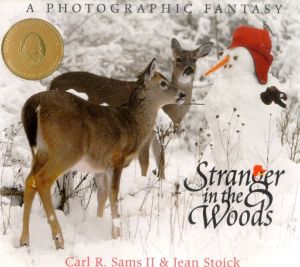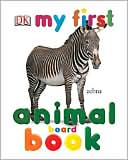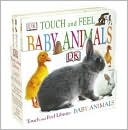Wiggling Worms at Work (Let's-Read-and-Find-out Science Series, Stage 2)
Crawling through the dirt, worms are hard at work, helping plants to grow. Worms help the fruit and vegetables we eat by loosening the soil and feeding the plants. Read and find out about these wiggling wonders!\ \ \ Explains how earthworms eat, move, and reproduce and how they help plants to grow.\
Search in google:
Crawling through the dirt, worms are hard at work, helping plants to grow. Worms help the fruit and vegetables we eat by loosening the soil and feeding the plants. Read and find out about these wiggling wonders!Chris Gill - Children's LiteratureHere is the scoop on nature's underground gardeners! Without legs, a backbone, or teeth, worms create tunnels in dirt allowing roots and water to move through soil more easily. They perform this essential function through their normal life processes of eating and digesting the soil and plant parts that go through their gizzards and crops. That is how worms produce castings, rich fertilizer to help plants grow. Worms also cover the entrance to their holes with castings (called middens). Moving on bristles lining the underside of their bodies and breathing air through their moist skin, each worm is both male and female (but still needs a mate). After mating, worms grow a cocoon ring around their bodies. When the ring slips off, fertilized eggs are inside. After about three weeks, three to four wormlets hatch out of about 30 eggs. In six weeks, they will be adults. Worms stay underground during the freezing winter and come back out in spring. The last two pages of this book suggest activities for children to observe worms and the work they do. This basic book with simple illustrations is packed with information and is a great classroom or library text. Other titles in the 2nd stage of the "Let's-Read-And-Find-Out Science" series include Ant Cities, Chirping Crickets, and Spinning Spiders. 2004, HarperCollins, Ages 5 to 9.
\ Children's LiteratureHere is the scoop on nature's underground gardeners! Without legs, a backbone, or teeth, worms create tunnels in dirt allowing roots and water to move through soil more easily. They perform this essential function through their normal life processes of eating and digesting the soil and plant parts that go through their gizzards and crops. That is how worms produce castings, rich fertilizer to help plants grow. Worms also cover the entrance to their holes with castings (called middens). Moving on bristles lining the underside of their bodies and breathing air through their moist skin, each worm is both male and female (but still needs a mate). After mating, worms grow a cocoon ring around their bodies. When the ring slips off, fertilized eggs are inside. After about three weeks, three to four wormlets hatch out of about 30 eggs. In six weeks, they will be adults. Worms stay underground during the freezing winter and come back out in spring. The last two pages of this book suggest activities for children to observe worms and the work they do. This basic book with simple illustrations is packed with information and is a great classroom or library text. Other titles in the 2nd stage of the "Let's-Read-And-Find-Out Science" series include Ant Cities, Chirping Crickets, and Spinning Spiders. 2004, HarperCollins, Ages 5 to 9. \ —Chris Gill\ \ \ \ \ School Library JournalK-Gr 3-This is a great book marred by a few unclear pictures. The well-organized text explains how worms improve the quality of soil and covers the basics about the animal's body structure, movement, diet, and reproduction. The writing is clear and engaging; in one instance, Pfeffer compares the segments on a worm's body to "the coils on a Slinky toy." Although the collage artwork is visually appealing, some of the images are a bit confusing. In one illustration accompanying the explanation of how a worm tunnels, the creature looks as if it has been chopped in two or torn up. In another, it looks as if it is decomposing. The book ends with suggestions for examining a worm in the field and a science-fair-type project using castings. Better choices include Kevin Holmes's Earthworms (Bridgestone, 1998), Michael Elsohn Ross's Wormology (Carolrhoda, 1996), and Bobbie Kalman's Squirmy Wormy Composters (Crabtree, 1992; o.p.).-Jean Lowery, Bishop Woods Elementary School, New Haven, CT Copyright 2004 Reed Business Information.\ \ \ Kirkus ReviewsHere's an eye-opener for anyone unimpressed by the lowly worm. Pfeffer confirms what most preschoolers know: worms rock! In simple, precise prose, she describes how worms tunnel through soil by eating it, and how both the tunnels and the castings that the worms leave behind help plants grow in the soil. She covers worm anatomy and physiology in some detail (and, in the back, invites children to find worms and let them crawl down their arms, to experience their motion and bristles themselves). Jenkins's collages provide interesting texture; the cut-away views of worms underground are especially good. For a creature with "no eyes, no nose, no ears, and hardly any brain at all," the worm commands respect; Pfeffer shows why. Even squeamish kids will love this. (Picture book/nonfiction. 4-8)\ \
